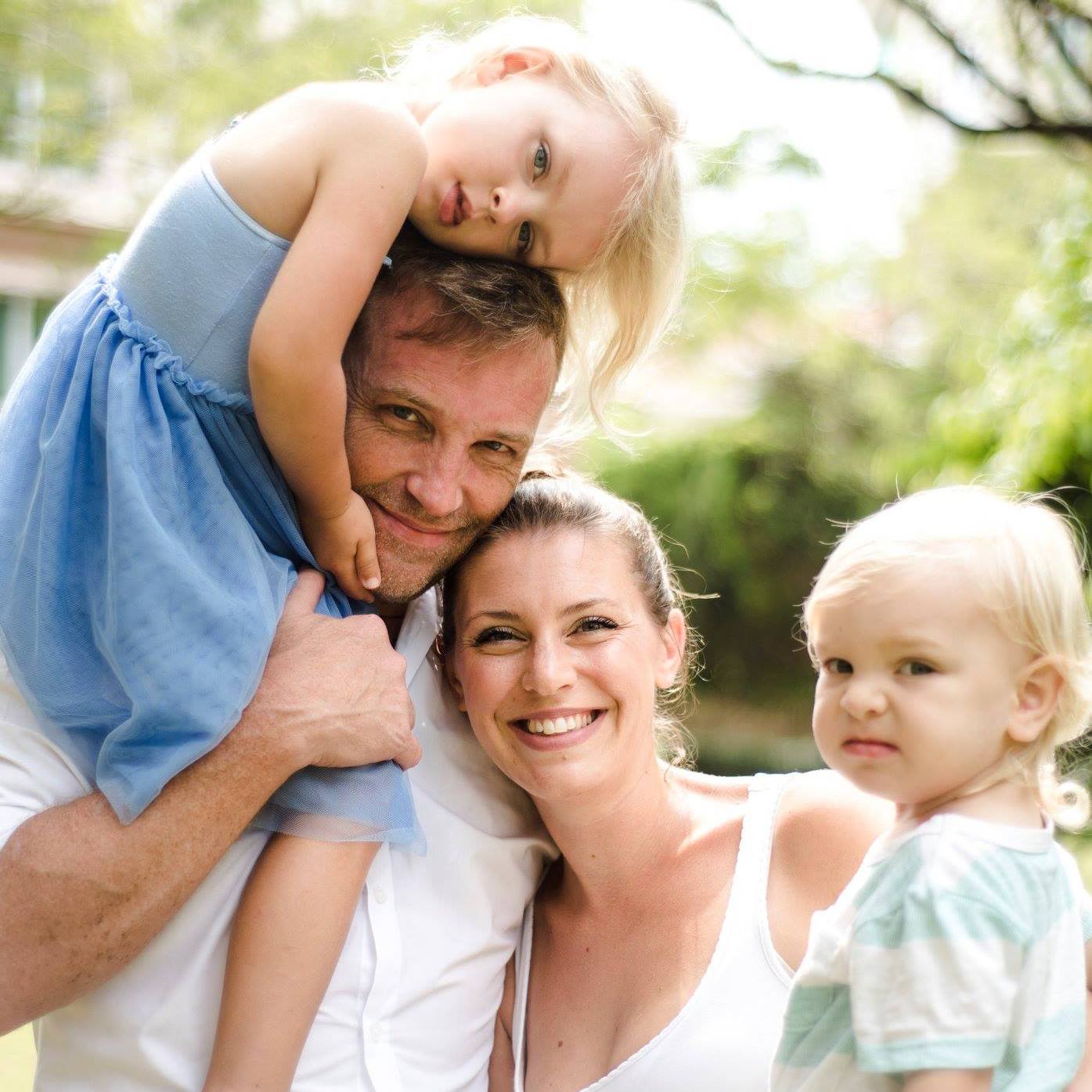It can be hard to reconcile the speed at which everything has changed with the languid, Groundhog Day-like existence that so many are facing – stuck in homes, cities and countries that feel destined to be disconnected from the not-so-distant places and people we took for granted just months ago. In January, I found myself quickly preparing bags (and my child) to jump on a plane back to London, from my adopted city of Hong Kong, as Covid-19 crept across the border from Mainland China. Upon landing, I remember explaining to baffled friends and colleagues that every school in the city had been closed, that face masks had become a near priceless commodity and that people were fighting over toilet paper. I remember us all agreeing that such changes to daily life could never happen across in the UK or the US, that schools could never be closed, that masks would never be worn. Six weeks later, I was flying back to Hong Kong as Europe began shutting down. Things had changed again. As elements of normality return here, it’s easy to feel a confusing sense of guilt. My friends in these (now, very distant) places can’t meet, their children can’t play, their businesses can’t trade. And while the crisis in Asia feels economic rather than existential, perhaps our day-to-day can this time be a harbinger of hope rather than doom. Four men from across the Asia-Pacific region shed some light on lessons learnt, practices found and promise seen as their communities move into a new, post-lockdown normality.










